10 May 2022
London’s Ghost Signs in the 80s and 90s, by Peter Marshall
Peter Marshall is a photographer and retired photography teacher. His recent work scanning and publishing his photographs on Flickr has resulted in a valuable online resource. The collection currently has more than 20,000 images, and he is regularly adding more.
It was in the early 1970s that Peter got serious about photography and much of his early work was done in Hull. An exhibition of this, ‘Still Occupied – a View of Hull‘, was held in 1983 at the city’s Ferens Art Gallery.
Peter’s move to London in 1974 led to him working on urban landscape photography, “at first particularly in the former docklands areas and along the Thames, but moving on to a more general survey of London”. This period included documenting many shops and shopfronts, including painted wall signs.
“I was interested in how London was changing, with a great deal of redevelopment taking place. I saw the shops, particularly small local businesses, as very much reflecting the communities in which they were based and the changes that were taking place, particularly as London became home to a more diverse population.”
Peter Marshall
Since 2000, Peter’s focus has shifted towards photographing cultural events and protests on London’s streets. His accounts of these, and research into his older images and the routes he followed, can be found on his Re:PHOTO blog.
Most of Peter’s photography was done on a series of Olympus SLR cameras, and from the early 1990s he also made use of swing-lens panoramic cameras. Since 2003 almost everything has been shot digitally. The restrictions imposed by the pandemic led to the recent scanning drive, which has allowed Peter to share material that has never been seen before. (His work has previously appeared in numerous books and magazines, including 20 self-published titles.)
I took the liberty of asking Peter for his favourite(s), especially from the realm of painted walls. While “there are so many”, he picked the one below of Fred Astaire and Ginger Rogers on the Stanley building in Kings Cross. Peter notes that, “it’s the contrast between the painted view and the location that really attracts me. And the scale.” Other favourites include: the Mary Seacole mural (“Wish I’d taken more of it.”); these roller hockey players; and some decorative work in Brixton.
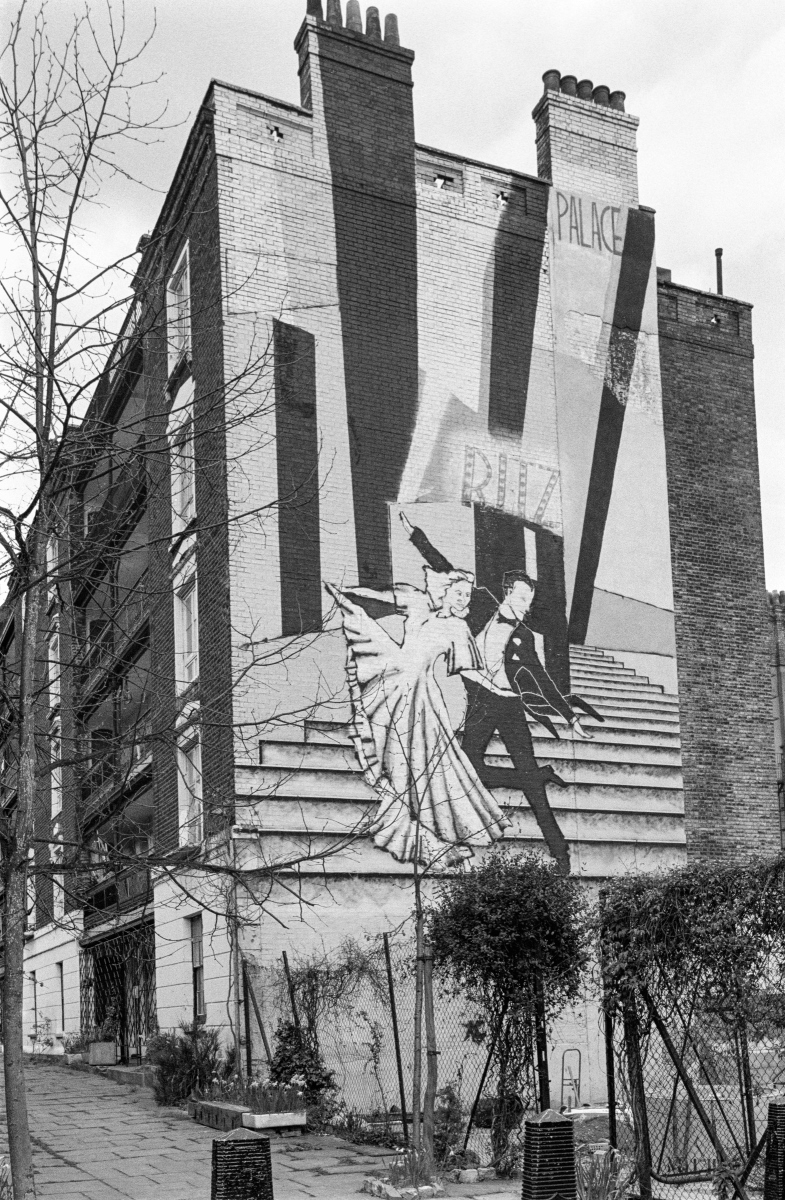
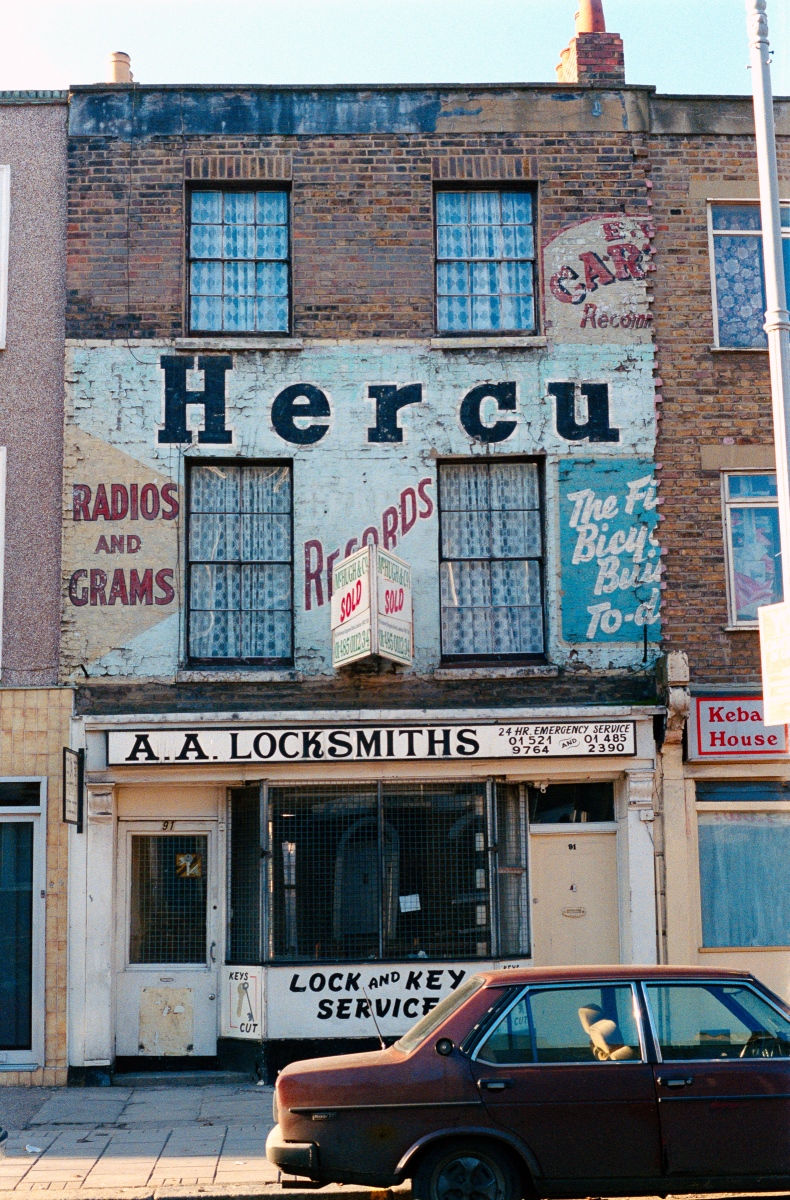
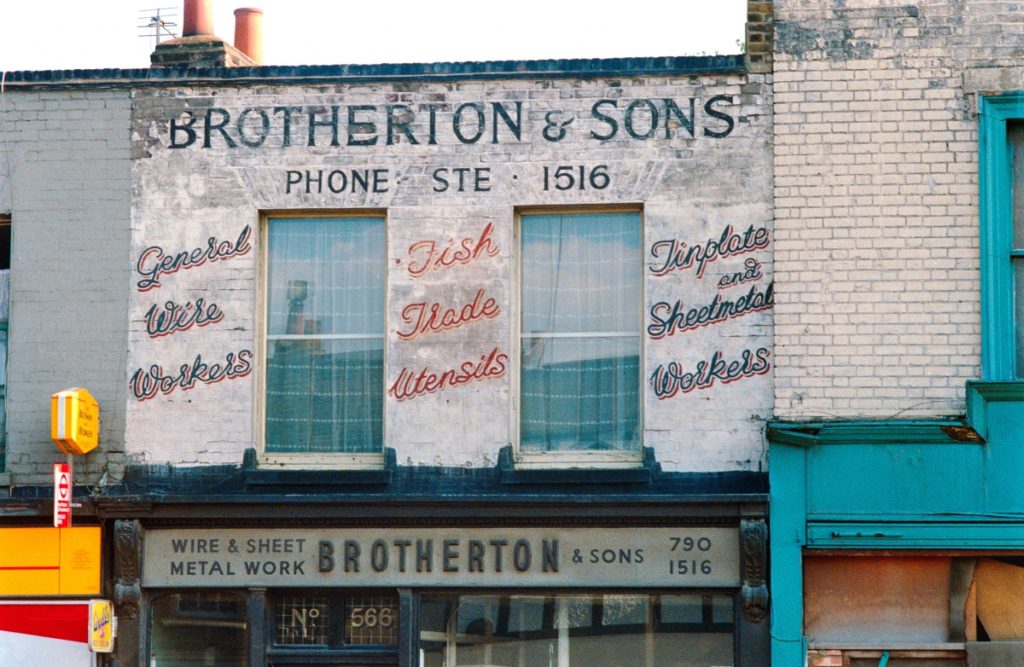
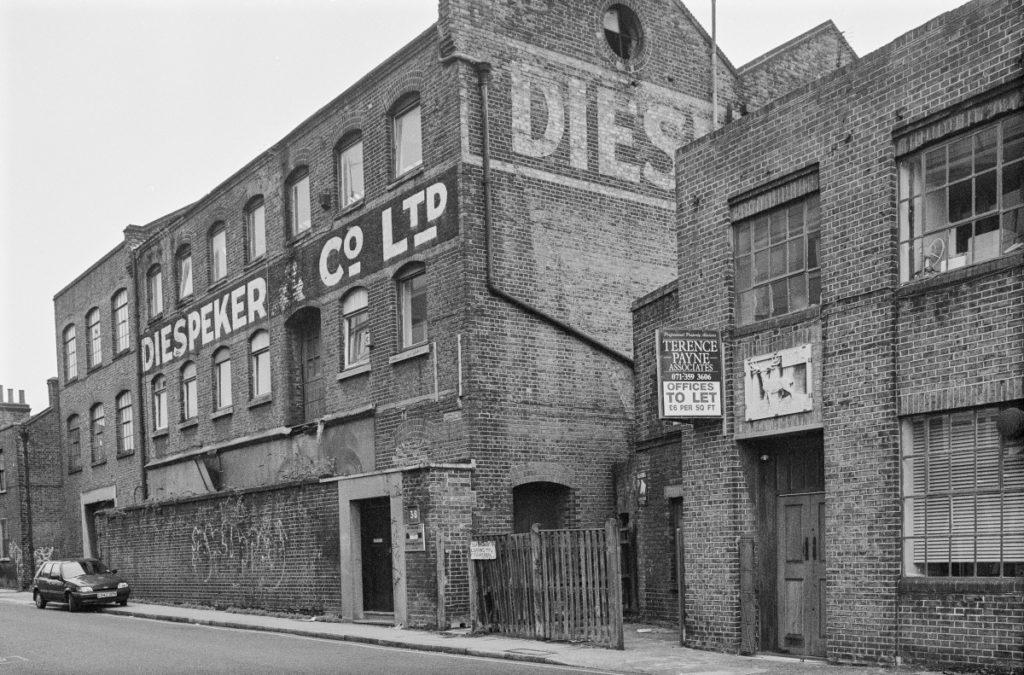
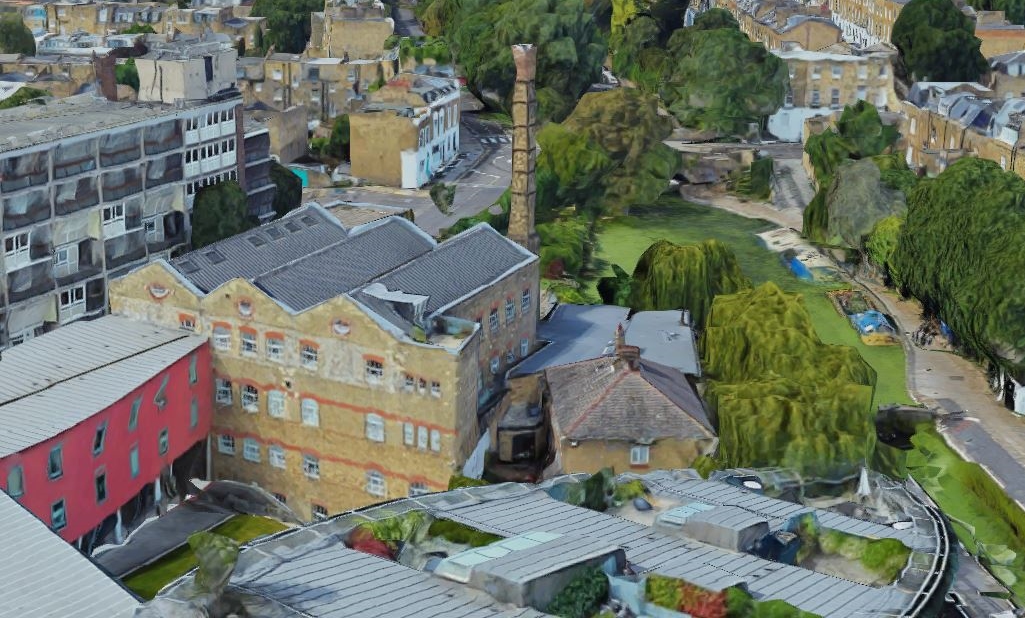
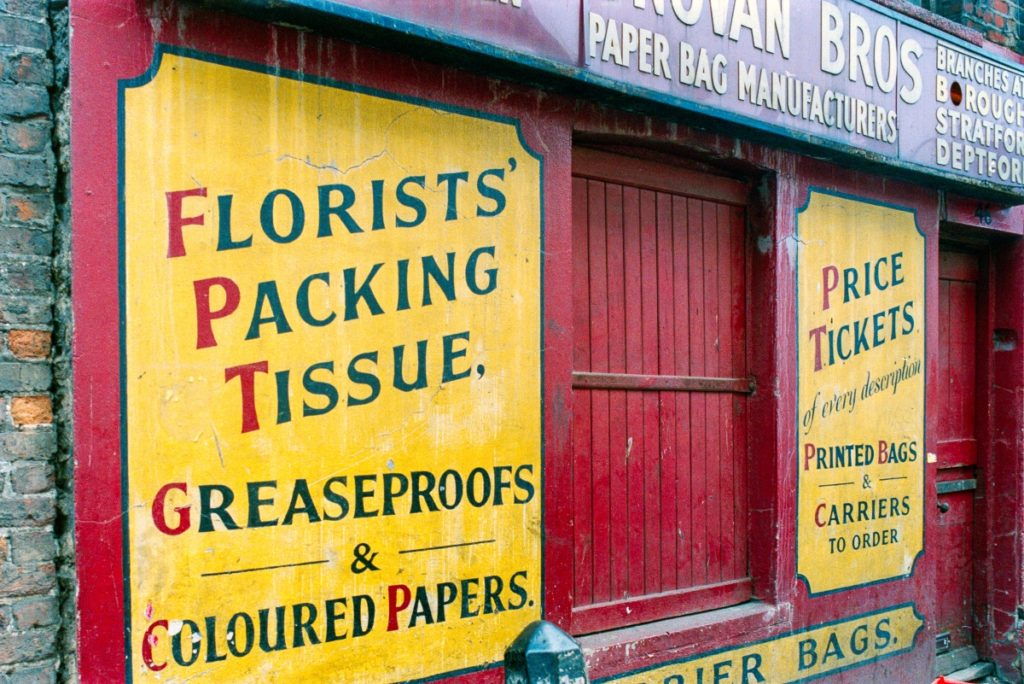
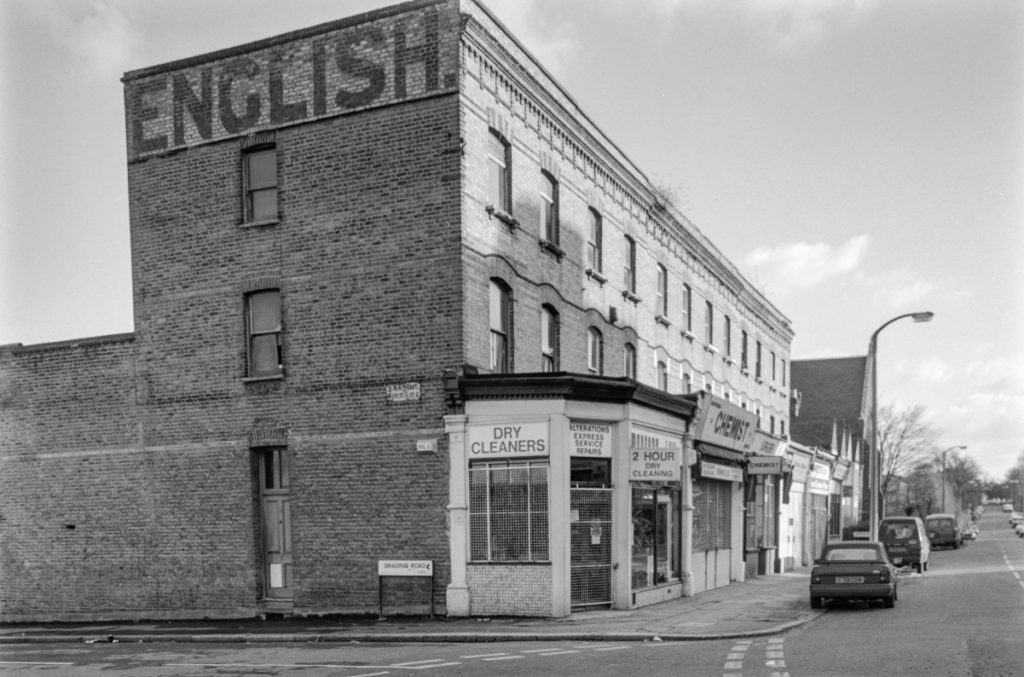
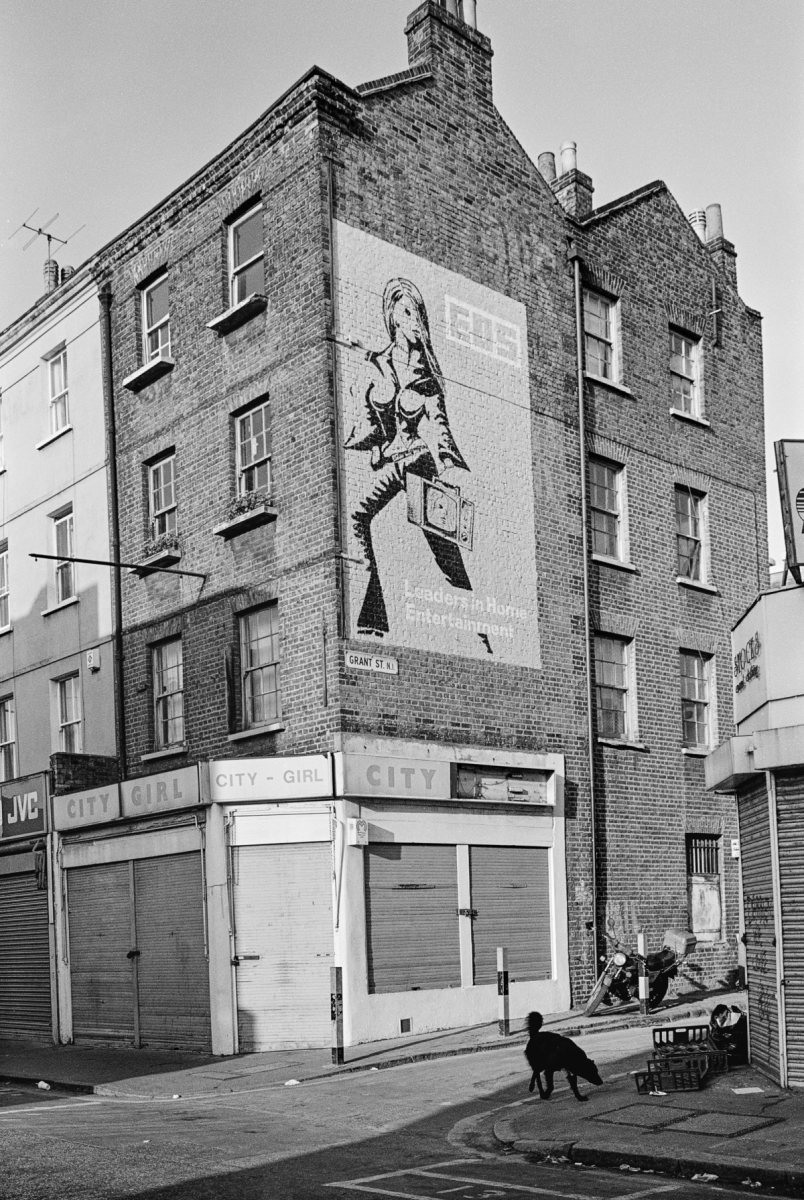
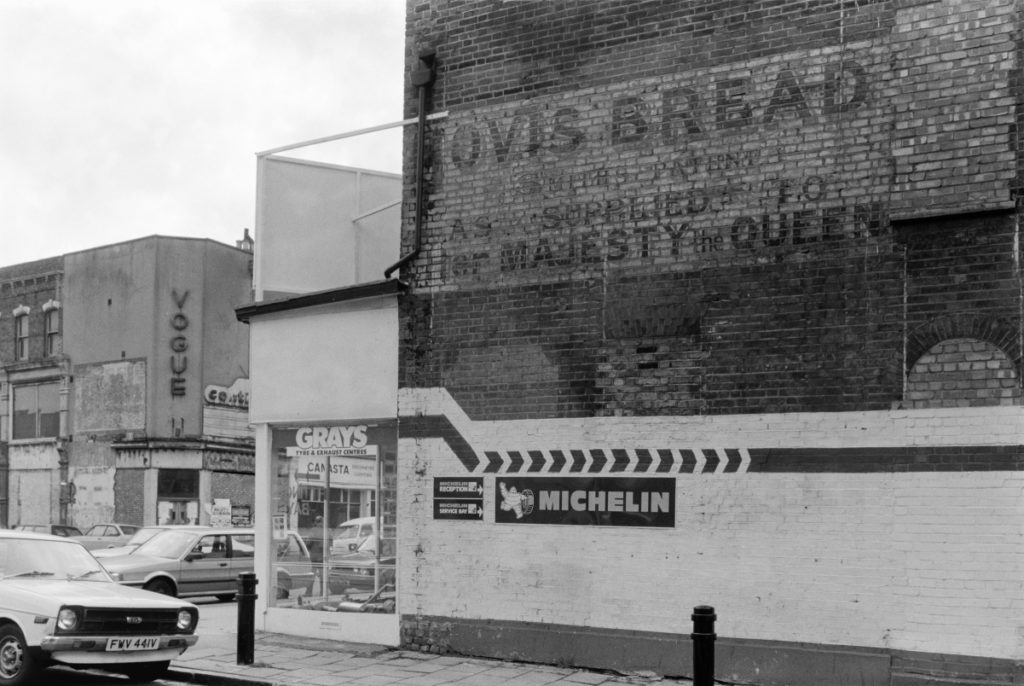
Thank you Peter for sharing your wonderful images, and for your wider work digitising and publishing your extensive collection. Visit Peter’s Flickr here and his blog here.


